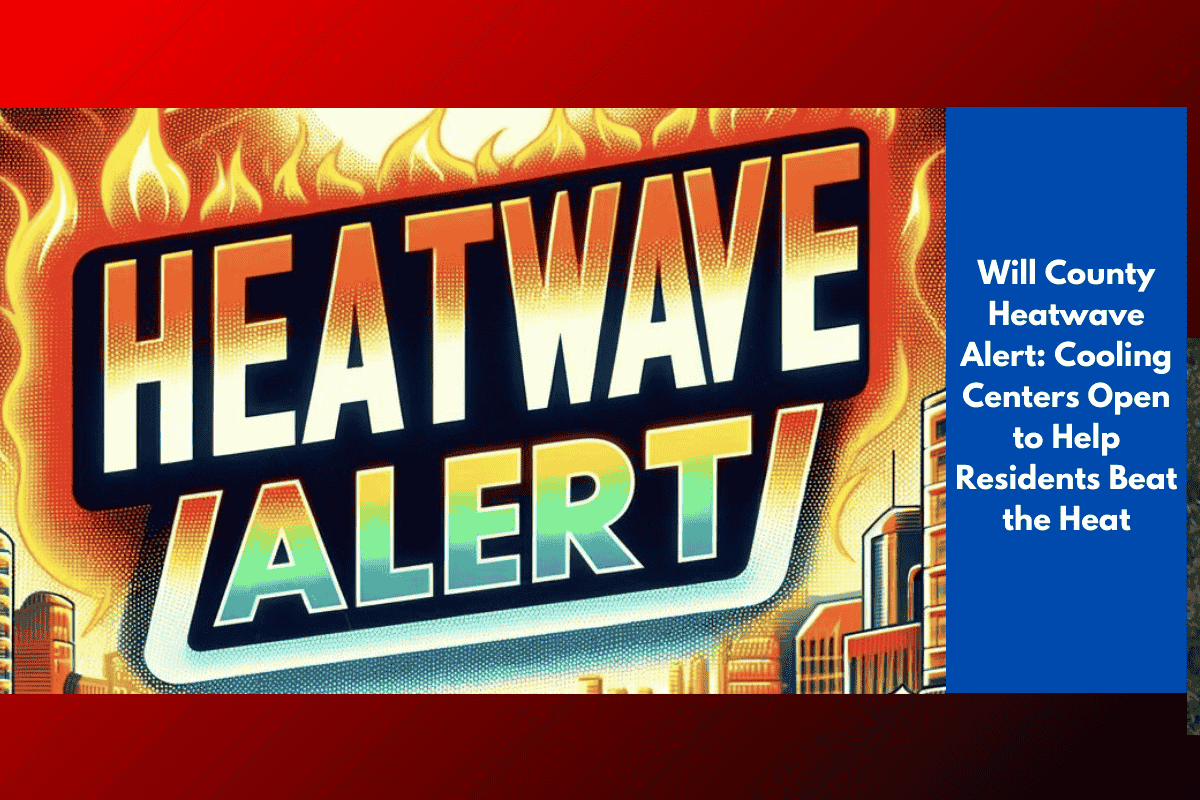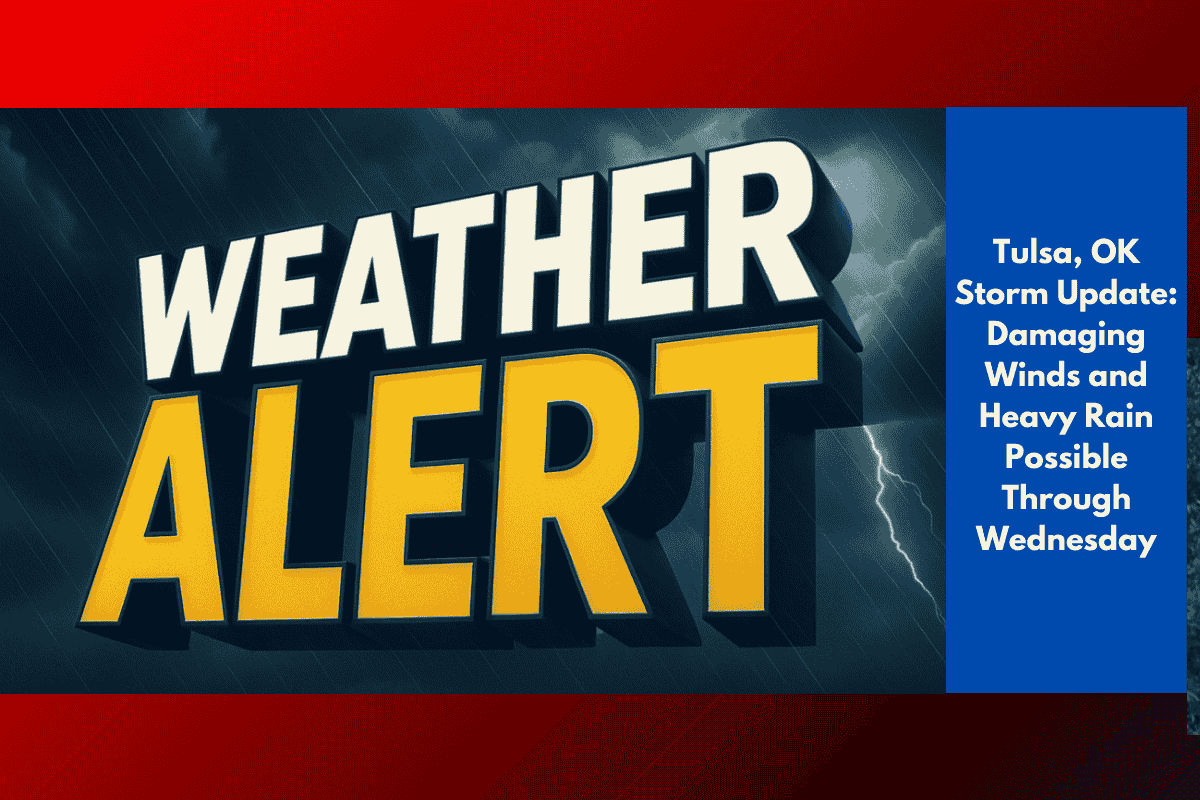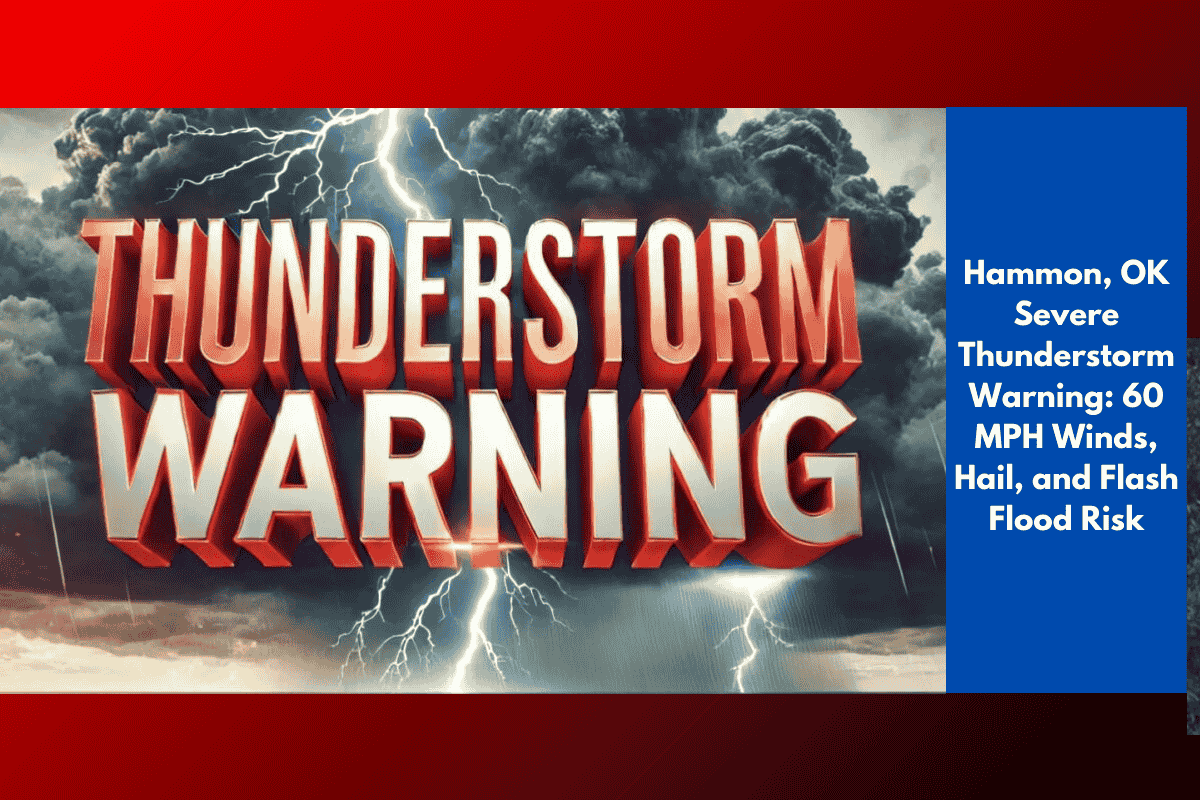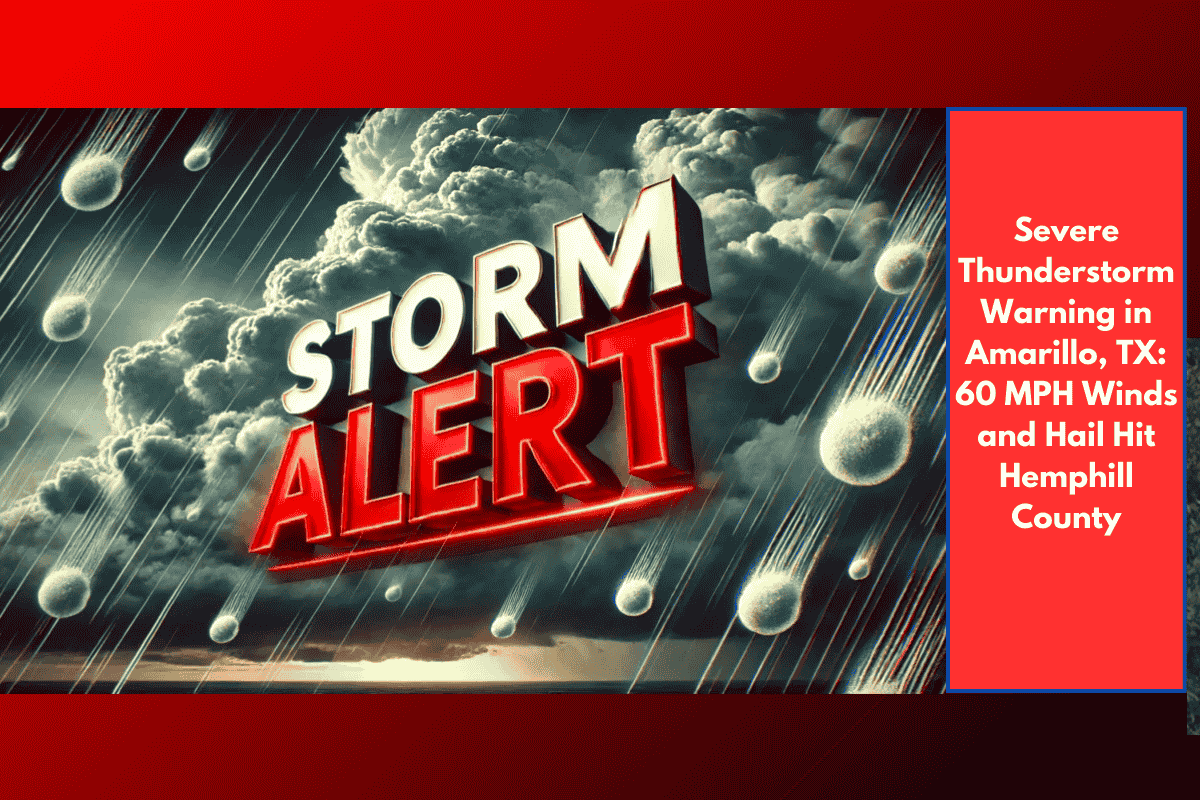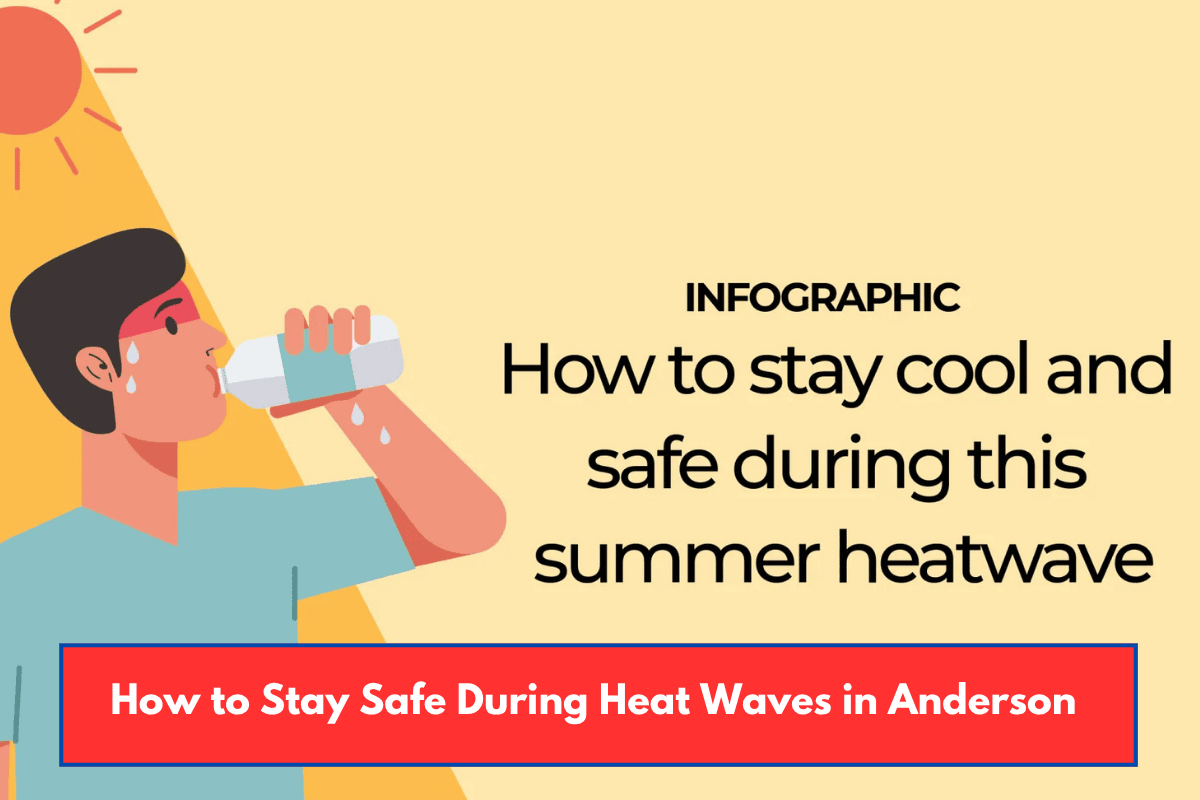Portland, OR — A powerful late-summer heat wave is baking the Pacific Northwest, with over 10 million residents across Oregon and Washington now under Extreme Heat Warnings and Heat Advisories. Officials are urging people to take extra precautions as temperatures soar far above normal for this time of year.
Highs 10–15 Degrees Above Average
According to the National Weather Service’s Weather Prediction Center, daytime temperatures are expected to reach well into the 90s, with some areas possibly touching triple digits. That’s 10 to 15 degrees hotter than the late-August average. Compounding the danger, overnight lows are only dropping into the 60s and 70s, giving residents little relief after the sun sets.
Health Risks for Millions
This prolonged period of heat can be especially dangerous for:
Elderly individuals
Children
People with chronic health conditions
Those without access to air conditioning
Health officials warn that heat exhaustion and heat stroke are real threats under these conditions, especially for those who are outdoors for extended periods or in homes without adequate cooling.
Safety Tips During Extreme Heat:
Stay hydrated — drink plenty of water throughout the day
Avoid strenuous outdoor activities during peak heat hours (usually 11 a.m. to 6 p.m.)
Use fans or air conditioning if available, and consider visiting public cooling centers if needed
Check on neighbors, especially the elderly and people living alone
Never leave children or pets in parked cars
Cooling Centers and Community Resources
Local emergency services and city governments across the Pacific Northwest have opened cooling centers for residents without reliable cooling at home. These centers offer air-conditioned spaces, water, and temporary relief from the extreme temperatures.
To find a cooling center near you or for additional safety tips, visit:
weather.gov/safety/heat
Relief Coming Midweek
Forecasters say the heat wave should begin to ease by midweek, with temperatures gradually falling back to seasonal averages or slightly above. Until then, heat alerts remain in effect, and emergency officials continue to monitor the situation closely.



